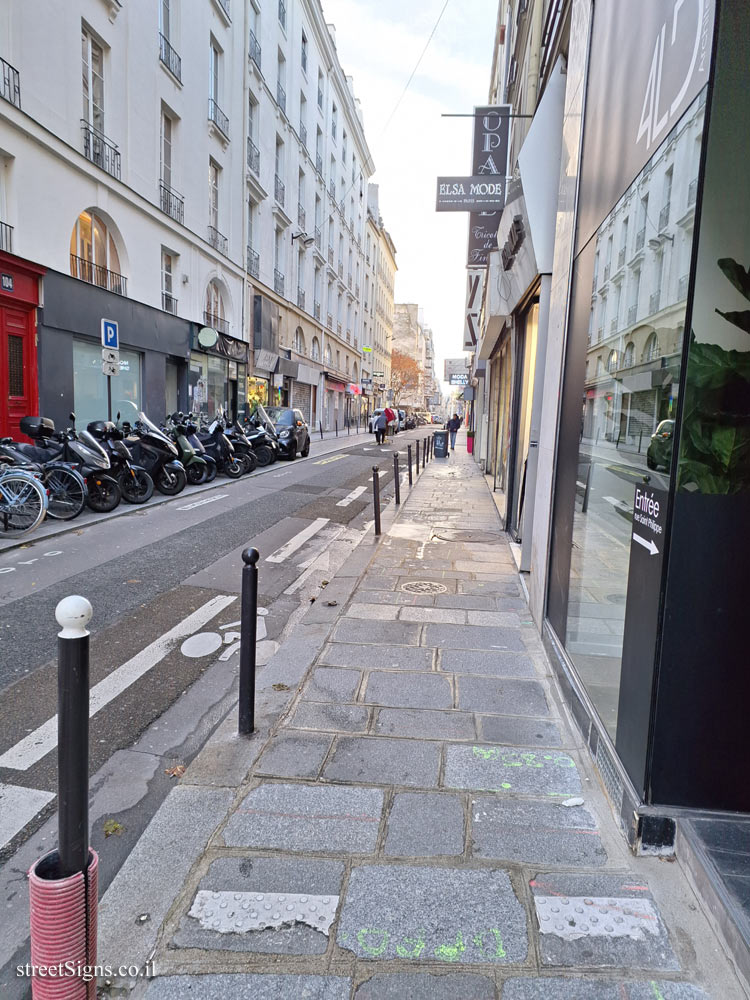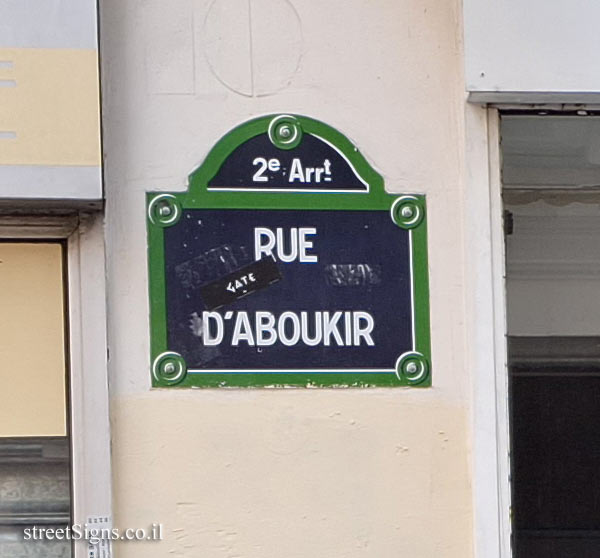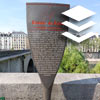
The ultimate street signs, historical sites and house numbers
 Click for a larger image
Click for a larger image  Click for a larger image
Click for a larger image  Click for all signs belonging to The History of Paris (Starck's Lollipops)
Click for all signs belonging to The History of Paris (Starck's Lollipops)
 236 Meter |
236 Meter |  238 Meter |
238 Meter |  297 Meter |
297 Meter |  297 Meter |
297 Meter |  311 Meter
311 Meter